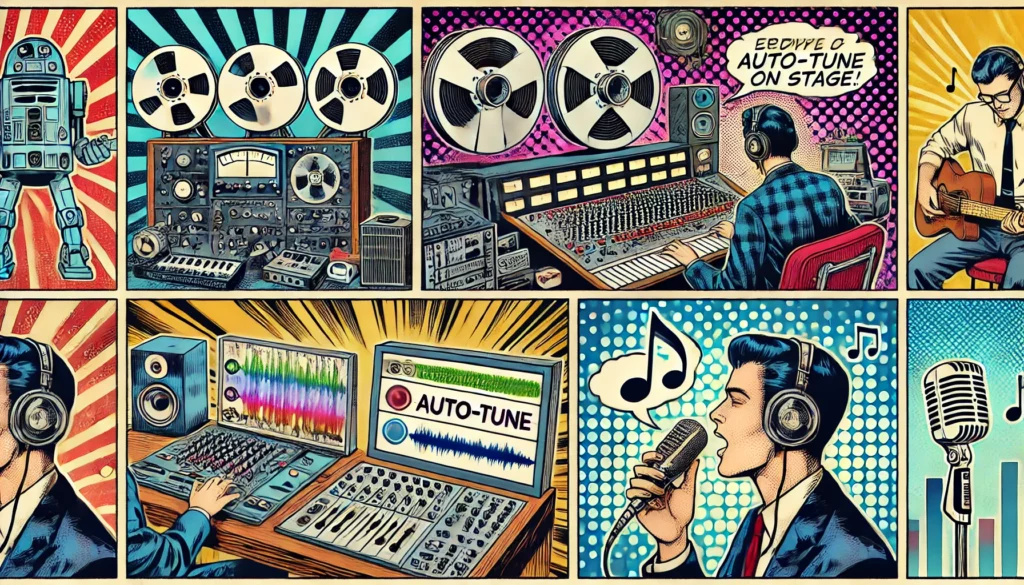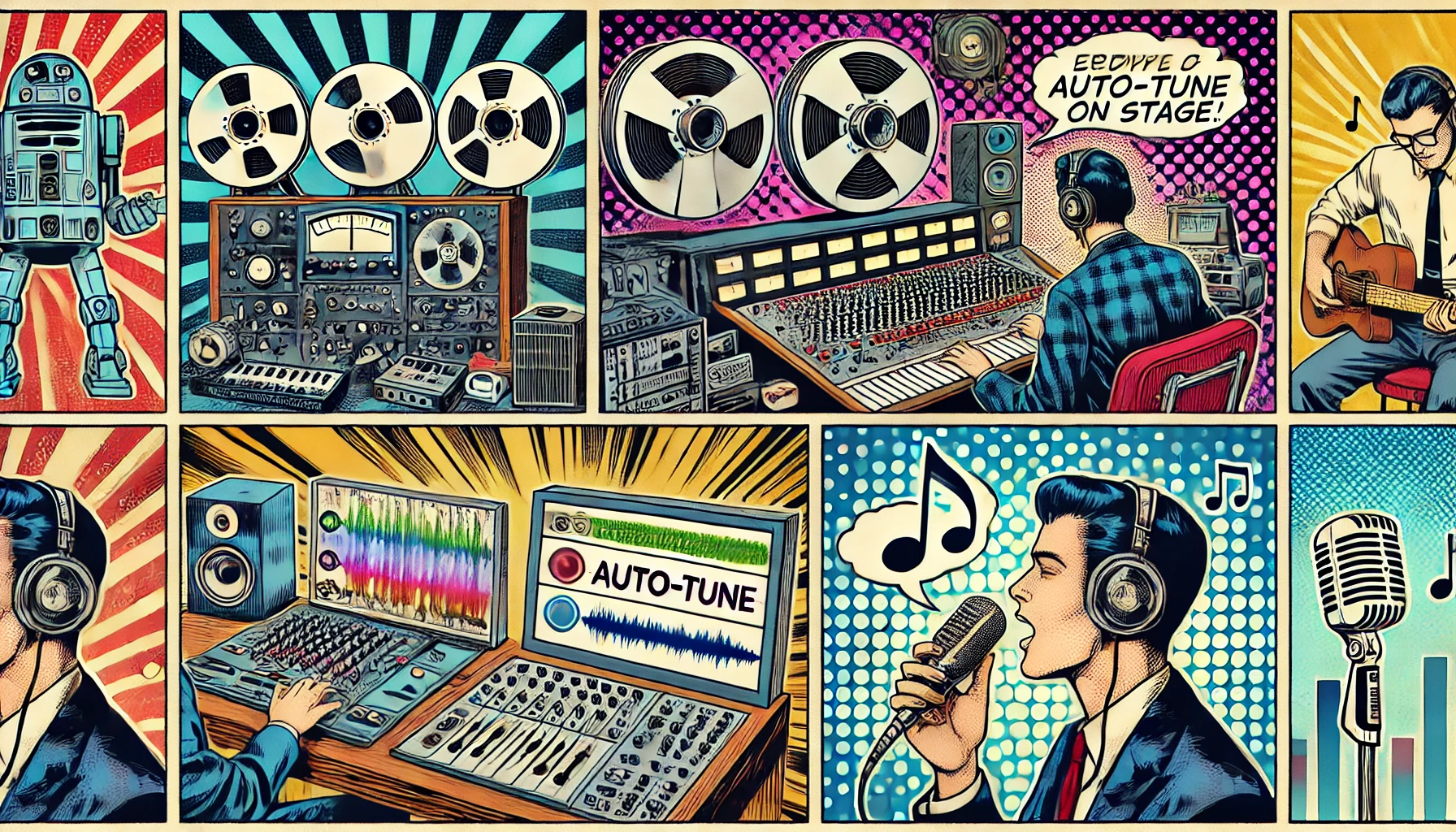Capturing Sound How Technology Has Changed Music
Mark Katz, a professor at the Peabody Conservatory of Music at The Johns Hopkins University, discussed his book, “Capturing Sound: How Technology Has Changed Music.” The event was sponsored by the Library’s John W. Kluge Center, the Music Division and the Motion Picture, Broadcasting and Recorded Sound Division. According to Katz, who teaches in the Department of Musicology at the Peabody, there is more to sound recording than just recording sound. Not just a tool for the preservation of music, the technology is a catalyst for change. In “Capturing Sound,” Katz writes a wide-ranging, informative and entertaining history of recording’s profound impact on the musical life of the past century, from Edison to the Internet.
Technology has had a profound impact on the creation, production, distribution, and consumption of music. Here are some ways in which technology has changed the music industry:
1. Digital Recording and Editing: The transition from analog recording to digital recording has revolutionized the music production process. Digital audio workstations (DAWs) allow musicians and producers to record, edit, and manipulate audio with unprecedented precision and flexibility. This has democratized music production, enabling artists to create professional-quality recordings in home studios.
2. Virtual Instruments and Software Synthesizers: Advances in software synthesis and sampling technology have made it possible to replicate the sounds of traditional instruments and create entirely new sounds using virtual instruments and software synthesizers. This has expanded the sonic palette available to musicians and producers, allowing for greater experimentation and creativity in music production.
3. Auto-Tune and Vocal Processing: Auto-Tune and other vocal processing technologies have become ubiquitous in modern music production, allowing artists to correct pitch errors and achieve desired vocal effects with ease. While controversial among purists, these tools have had a significant impact on vocal production aesthetics and popular music styles.
4. Internet and Digital Distribution: The rise of the internet and digital distribution platforms such as iTunes, Spotify, and YouTube has transformed the way music is distributed and consumed. Artists can now reach global audiences directly through online platforms, bypassing traditional record labels and distribution channels. This has democratized access to music and empowered independent artists to build fan bases and monetize their work.
5. Social Media and Music Marketing: Social media platforms like Facebook, Instagram, and TikTok have become essential tools for music promotion and marketing. Artists can connect with fans, share music videos and behind-the-scenes content, and build buzz for new releases through social media channels. This has changed the dynamics of music marketing and allowed artists to engage directly with their audiences in real-time.
6. Streaming and On-Demand Music Services: The shift from physical media to streaming and on-demand music services has transformed the music industry’s revenue model. Streaming platforms like Spotify, Apple Music, and Amazon Music have become the primary means of music consumption for many listeners, leading to changes in royalty structures, artist compensation, and music industry economics.
7. Live Performance Technology: Advances in live performance technology, including digital mixers, in-ear monitoring systems, and MIDI controllers, have revolutionized the live music experience. Artists can now deliver more dynamic and immersive performances, with greater control over sound quality, stage lighting, and visual effects.
Overall, technology has fundamentally reshaped the music industry, empowering artists, expanding creative possibilities, and transforming the way music is created, distributed, marketed, and experienced by audiences around the world.

